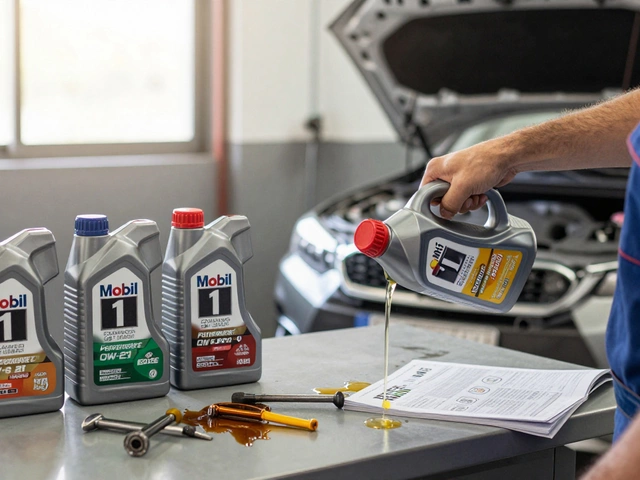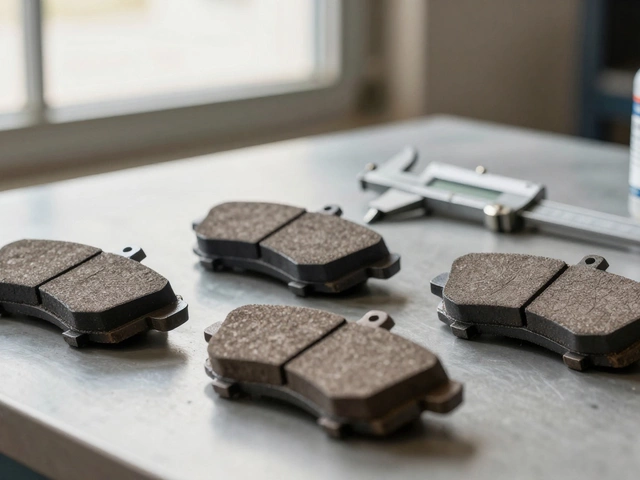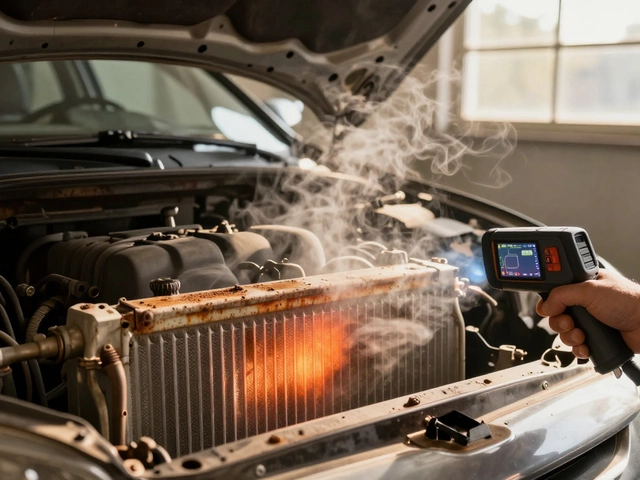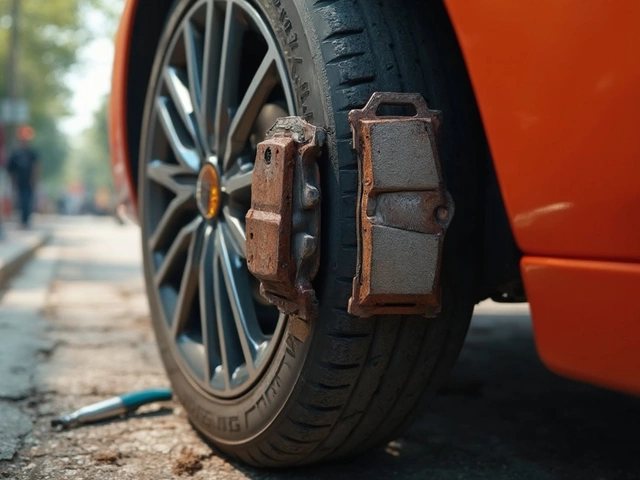Shock Absorber Basics, Issues & Tips
When working with shock absorber, a hydraulic or gas device that controls wheel bounce and keeps the tire in contact with the road. Also known as damper, it converts kinetic energy into heat, reducing oscillation after bumps. Understanding this core component is the first step to mastering any suspension conversation.
The suspension system, the network of springs, arms, and links that supports the vehicle body relies heavily on the shock absorber to deliver smooth motion. Without proper damping, a spring would bounce endlessly, leading to poor ride comfort and unsafe handling. In other words, shock absorber encompasses damping, while the suspension system requires both springs and dampers to function.
Ride comfort is more than a plush feeling; it’s about maintaining tire contact for traction and driver fatigue reduction. When the shock absorber does its job, the chassis stays level, and occupants feel fewer jolts. Conversely, worn shocks cause a harsh, rattling ride that signals the need for inspection. This link between damping and comfort shows how ride comfort, the perceived smoothness of a vehicle’s movement is directly influenced by shock absorber health.
Vehicle handling ties directly into how well the shocks control body roll, dive, and pitch. Good damping means the car stays stable during cornering, braking, and acceleration. If the shocks are soft or leaking, the car will sway, making it harder to steer precisely. This relationship illustrates the semantic triple: shock absorber affects vehicle handling. Drivers notice the difference the moment they take a sharp turn or hit a pothole.
Spotting a failing shock absorber is easier than you think. Look for uneven tire wear, excessive bouncing after a stop, or a deep knocking sound when driving over bumps. A quick visual check of the shock shaft for oil leaks can confirm the issue. Replacing a bad absorber restores damping, improves ride comfort, and brings handling back into alignment. Many of our readers find that a simple swap of the front or rear shock can solve a host of symptoms without a full suspension overhaul.
Below you’ll find a curated list of articles that dive deeper into shock absorber diagnostics, DIY replacement steps, cost considerations, and how they interact with other suspension components. Whether you’re a seasoned gearhead or just curious about why your ride feels off, the guides ahead cover everything from basic theory to hands‑on repair tips.
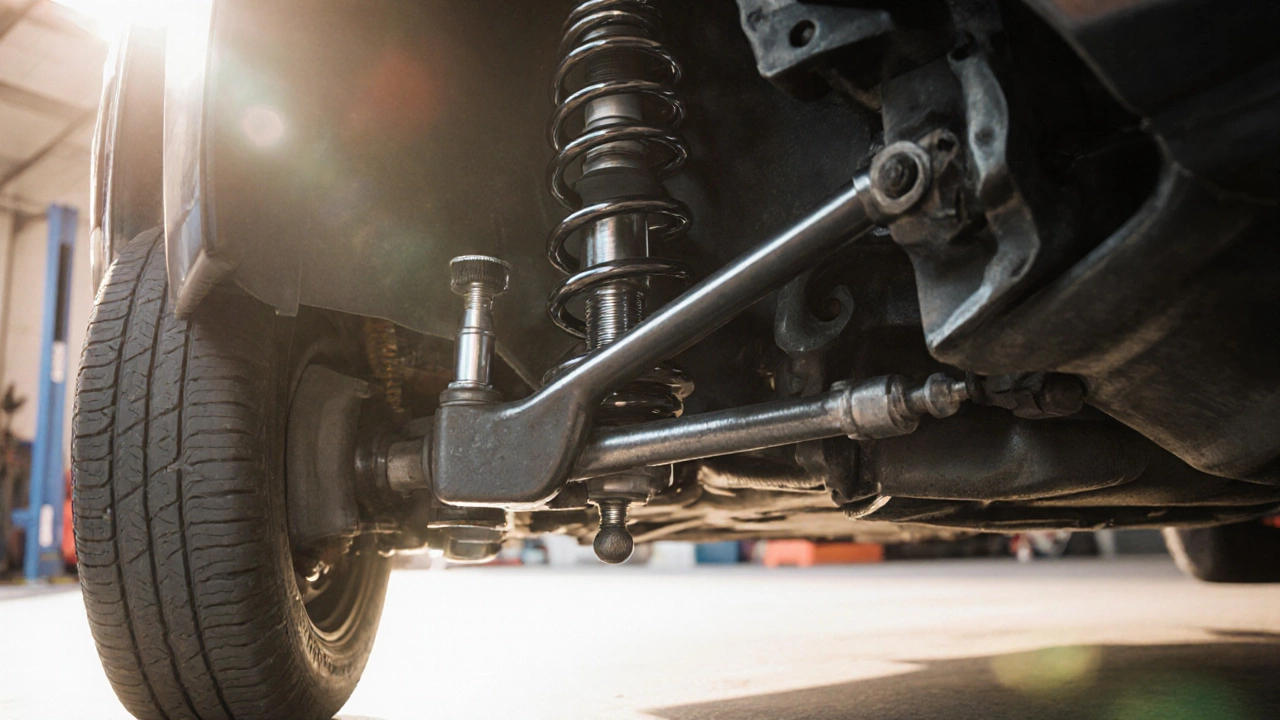
Suspension Components Explained: What’s Included in Your Car’s Suspension
Learn the key parts that make up a car's suspension, how they work together, common wear signs, and tips for choosing the right replacements.
CONTINUE READING